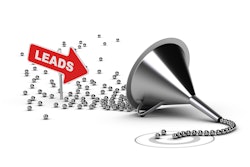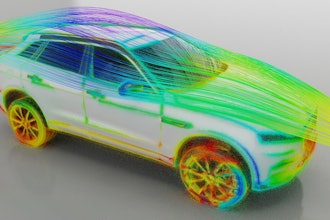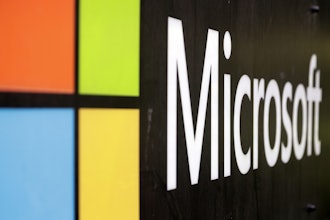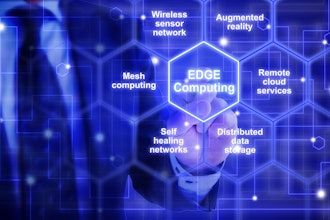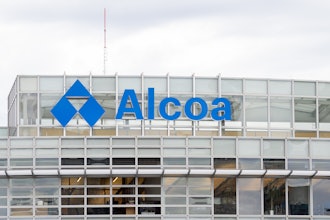The food and beverage industry is expected to grow by no more than 3 percent annually over the next five years. In a low-margin industry that is growing at a rate consistent with overall business growth, market share cannot be gained simply by lowering prices, as the business will shortly become unprofitable. Companies must pay as much attention to building relationships as they do to managing costs. Integrated systems must be put in place in order to facilitate supplier/customer communication and commitment.
With a limited in-house salesforce and a small number of direct customers, investments in Customer Relationship Management (CRM) systems within the food and beverage industry have been low both in priority and magnitude. A strong relationship with independent brokers is critical when selling to grocery chains, as these brokers influence product placement and promotion at the store level. Selling into the foodservice channel is even more challenging as a small number of foodservice distributors maintain the direct relationship with the businesses that purchase the product. Food and beverage manufacturers are increasingly seeing that expanding their investments in CRM leads to higher market share without sacrificing the lower margins associated with price reductions.
Leveraging CRM Investments Through Back Office Integration
With a strong CRM system in place, the food and beverage manufacturer will have the ability to develop a forward-looking view of demand that anticipates future promotions and new customer/product additions. This “opportunity-based forecast” that is the hallmark of a strong CRM system can be married to the more traditional, statistically calculated forecast coming from a traditional demand planning solution. With a more accurate view of future demand, faster and improved finished goods and raw material sourcing decisions may be made when that demand plan is integrated directly with the firm’s Enterprise Resource Planning (ERP) system. With seamless integration of the CRM and ERP systems, the entire supply chain will have access to information in order to understand the nuances of each relationship. This will enable manufacturing and distribution functions to execute more efficiently, providing the right products at the right time, and at a lower cost.
Challenges Faced When CRM is Not Integrated to ERP
With a CRM system in place, centralized “front-office” information, such as marketing, sales pipeline and customer service is available to sales management. More precise forecasts will be in place, and all customer interactions — especially product praises and complaints — will be captured. The ERP system automates and manages the “back-office” functions including accounting, purchasing, planning, scheduling and distribution. Each system stores key data about the customer and the fulfillment function that could provide valuable insight to different departments if the systems are integrated. Without integration, not all departments have access to the same information and the complete picture is lost. Sales might not know when a product on promotion is set to run, and Operations may not know that a critical customer has backed off on the need for a product normally purchased before a significant holiday. In these cases, a promotional opportunity may be left unfilled, and the wrong products made, leading to higher-than-desired finished good inventory levels.
Benefits When ERP is Integrated to CRM
With an integrated CRM and ERP system, the needs of indirect customers (restaurants) that buy their product from distributors (manufacturer’s direct customer) would be visible to both sales and operations. Sales will capture interactions with restaurant operators and use this information to build the “opportunity based forecast.” Operations will immediately know when the customer is backing off of a product normally purchased in advance of a holiday and can adjust the production schedule accordingly. In addition, providing Sales with a direct view into the Operation Plan will allow them to set realistic expectations with their customers as to product availability and ensure that commitments will be fulfilled on-time. Finally, having an integrated CRM/ERP system available throughout the organization will bridge the information gap that currently exists when dealing with both direct and indirect customers.
Conclusion
Food and beverage manufacturers are constantly looking to maintain a strong brand in order to differentiate their products that customers often view as a commodity. Having a robust ERP system that provides an intuitive, easy-to-use traceability solution that tracks products and ingredients from suppliers through manufacturing and to end-users is critical to providing brand protection and differentiation. Integrating this ERP system with an equally strong CRM system provides sales with the same visibility of the details of the products and lots sold and delivered. Sales, in turn, will provide Operations with an immediate and invaluable forward view into customer demand, leading to more informed production and sourcing decisions. Management will finally have that 360-degree view of their customers, supply chain and fulfillment process that is lacking when the CRM system is either not in place, or disconnected from the ERP system. Firms that make the investment today in this integrated ERP/CRM system will see increased productivity, simplified business processes, higher revenues and increased profitability tomorrow.
Jack Payne is VP, Product Management & Solutions Consulting for Aptean







